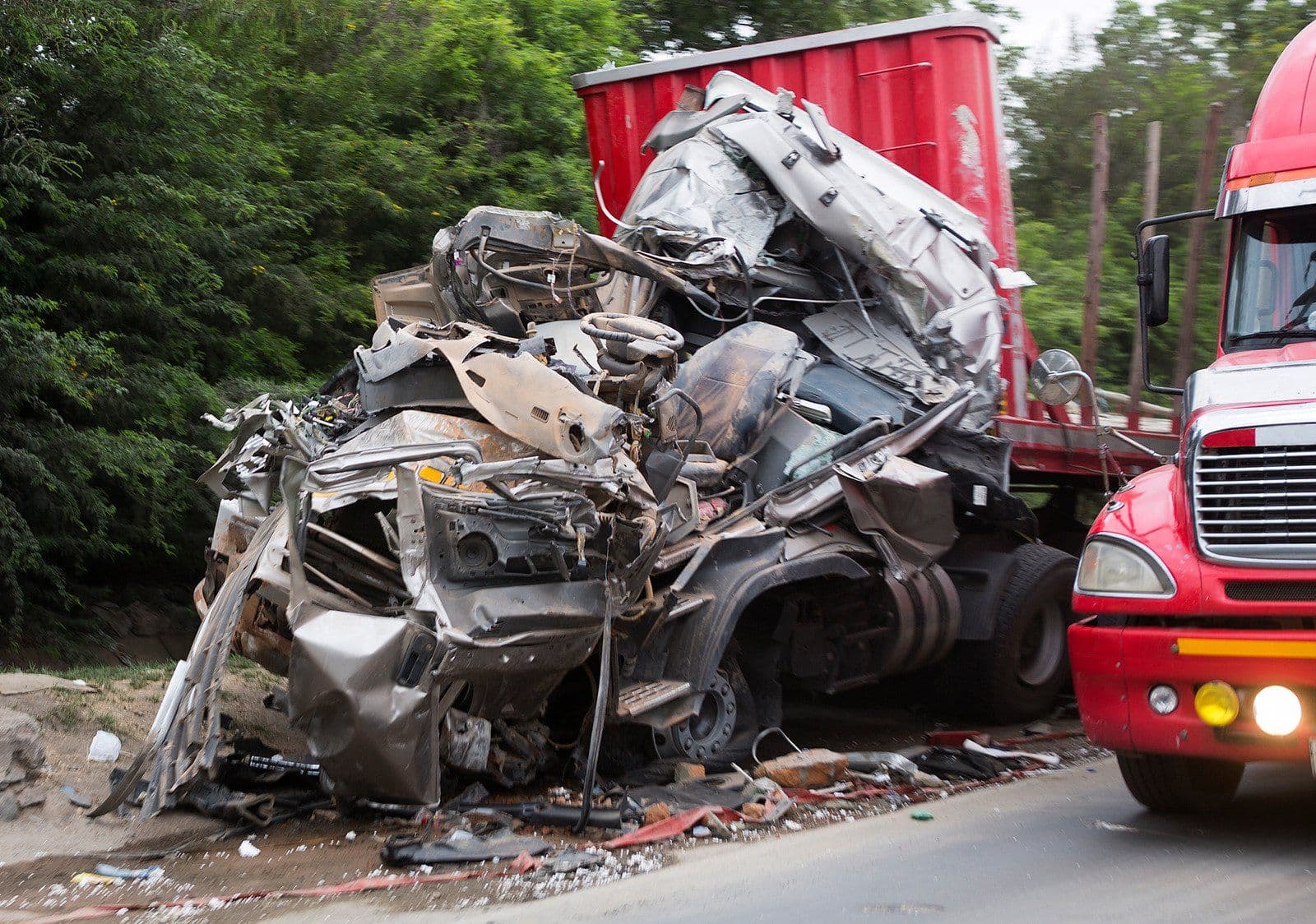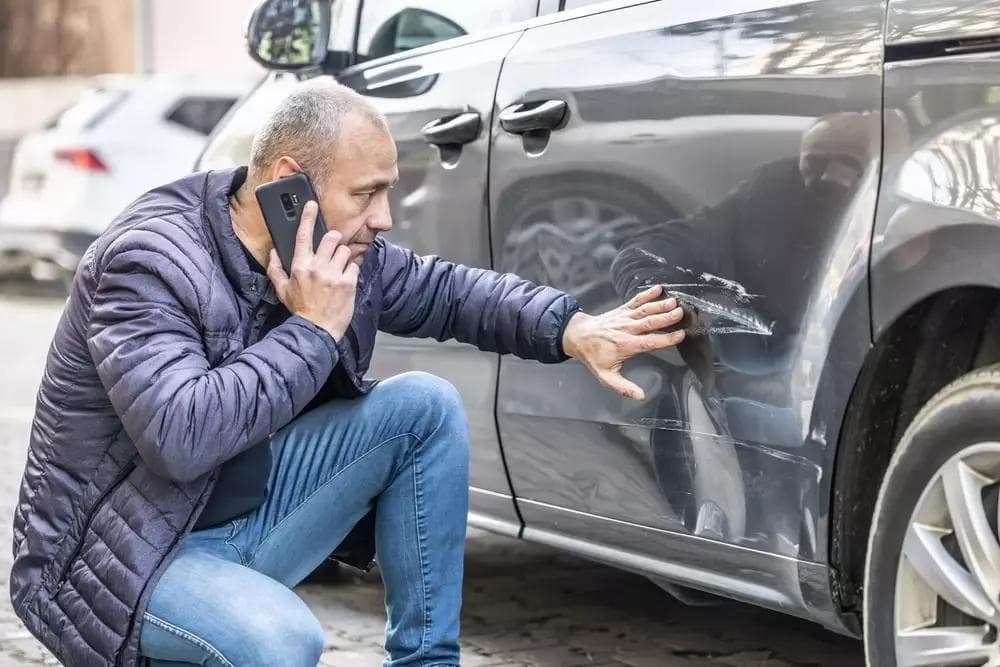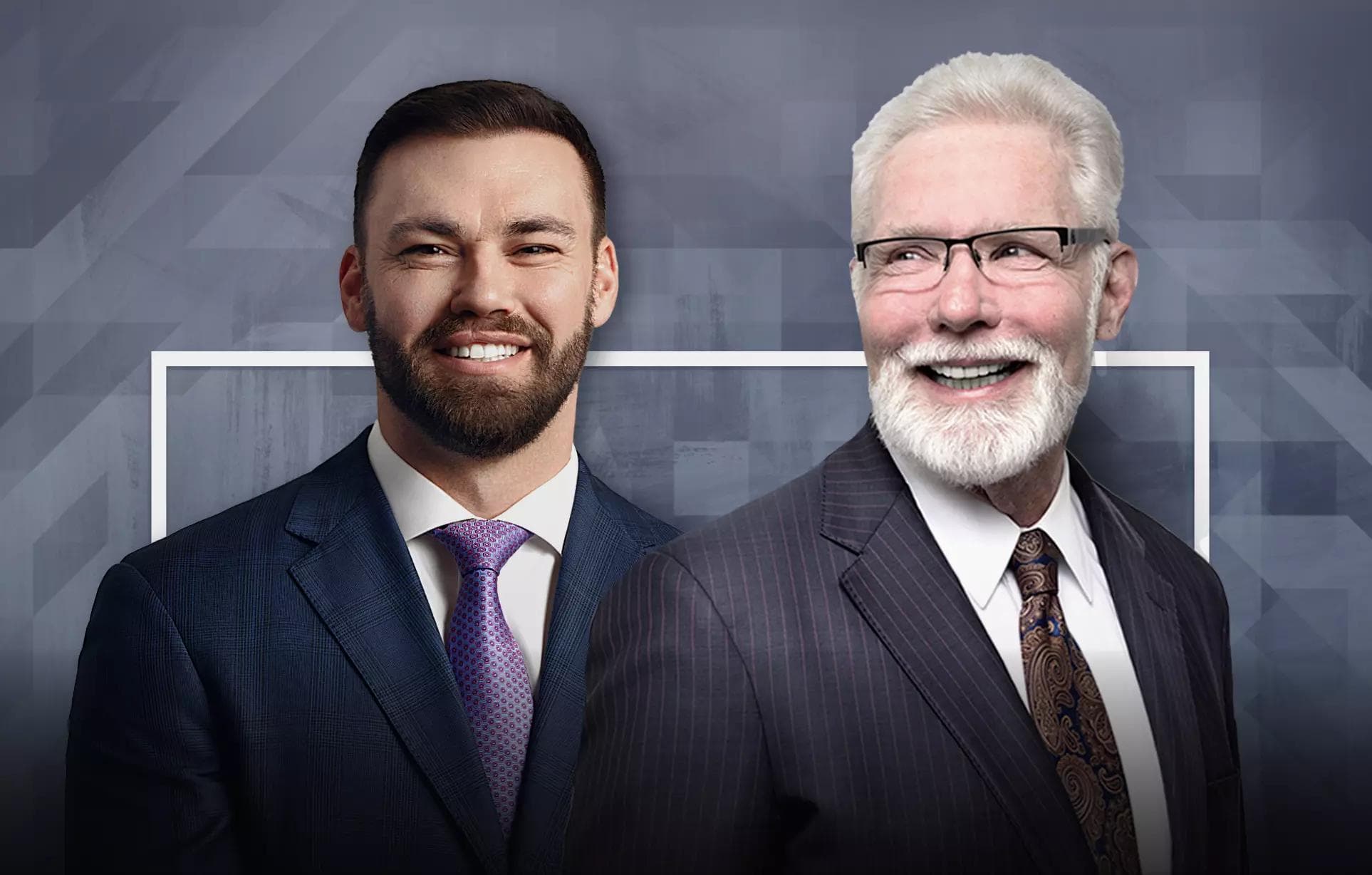
What Evidence Do You Need to Win a Truck Accident Claim?
Free ConsultationQuick answer: The most important evidence in a truck accident claim is objective, time-sensitive data combined with a credible damages work-up. Preserve it immediately with formal spoliation notices and joint inspections, then connect those facts to clear medical causation and the full human impact.
Why does evidence matter more in truck cases than in other crashes?
Tractor-trailers bring heavier forces, complex federal rules, and multiple corporate players. Insurers don’t pay because a crash “sounds bad.” Instead, they pay when proof shows what happened, who controlled the risk, and how the injuries changed life long-term. Unlike ordinary fender-benders that may hinge on a single police report, truck cases are decided by systems. The only way to reveal those systems is through targeted evidence that survives deletion and corporate spin.
What is ECM/EDR data and why is it first on every preservation list?
The engine control module (ECM) and event data recorder (EDR) capture snapshots around critical events including speed, brake application, throttle position, gear, ABS activity. Some rigs log hard-braking or rapid deceleration events you’ll never see in a narrative report. Because ignition cycles can overwrite this data, time is everything. A proper preservation letter instructs the motor carrier and its vendors to forensically image the module and keep the tractor untouched until a joint download occurs under chain-of-custody.
How do ELD hours-of-service logs prove fatigue or dispatch pressure?
Electronic logging devices (ELDs) record on-duty time, driving hours, breaks, and rest periods. On paper they show compliance. However, in analysis they reveal patterns, including impossible turnarounds, “creative” off-duty toggles, or rest breaks that coincide with service windows at the dock. Cross-checking ELDs with fuel receipts, toll pings, GPS breadcrumbs, weigh-station scans, and delivery timestamps exposes violations or an unrealistic schedule. It’s these facts that shift blame from “human error” to corporate practices.
Why is road-facing video so decisive and how do you stop auto-deletion?
Most fleets run cameras that overwrite within days. Those clips show following distance, lane discipline, pre-impact speed, and the seconds before and after a collision. They also sync to telematics, anchoring speed and brake data to what the road actually looked like. That’s why immediate spoliation notices are so important. We also send a request for copies of camera footage at full resolution plus the associated metadata. Your counsel can also canvass nearby businesses for exterior cameras that capture approach angles and sight lines.
What maintenance and brake records move the needle?
Stopping distance for an 80,000-pound rig depends on brakes, tires, and load weight. Key documents include brake measurements, service orders, inspection intervals, out-of-service tags, pre/post-trip DVIRs, tire age and condition, and any ABS fault codes. Patterns of deferred maintenance support negligent entrustment or negligent maintenance claims, opening additional avenues of liability beyond the driver alone.
How do bills of lading and load-securement evidence affect liability?
Shifting or falling cargo causes jackknifes, rollovers, and lane intrusions. Bills of lading, weight tickets, photos of tie-downs, and securement training records identify who touched the load and whether rules were followed. If a loader or shipper created the hazard, you have more insurance layers and a clearer story of preventable risk. It’s this type of leverage that is used in negotiation.
What about dispatch communications, GPS, and broker files?
Texts and telematics messages show instructions from dispatch. Broker files may reveal negligent carrier selection or a rushed route that undermined safety. GPS demonstrates speed trends, hard events, and detours. Together, these records turn speculation into a corporate timeline of who knew what, and when.
How do you protect a passenger vehicle inspection so nothing is missed?
Never allow a one-sided look. Insist on a joint inspection of your vehicle and the tractor-trailer with both experts present, agreed protocols, and photography/videography throughout. Chain-of-custody forms, laser measurements, and component retention prevent disputes later about what was seen, tested, or altered.
What medical documentation best supports causation and damages?
Prompt evaluation ties symptoms to the crash and consistent follow-up demonstrates persistence and severity. Imaging (MRI/CT), specialist notes, PT/OT records, pain management, and surgical recommendations outline the treatment arc. For long-term value, serious cases need three disciplines working together:
- Life-care planning to forecast surgeries, therapy, medications, equipment, and attendant care
- Vocational analysis to quantify how limitations alter job tasks, retraining prospects, and earning capacity
- Economic modeling to convert that plan into present-value dollars, accounting for inflation and discount rates
This trio transforms a stack of bills into a complete damages narrative that claims professionals, mediators, and juries can trust.
How do you document non-economic losses without seeming subjective?
You can’t “see” pain on a balance sheet. Credibility comes from consistency. When those accounts align with provider notes, non-economic harms move from abstract to undeniable.

What if there’s a pre-existing condition? Does that kill your claim?
No. The law recognizes the “eggshell plaintiff” principle, meaning wrongdoers take people as they find them. The task is differential proof by showing how the collision aggravated a prior issue or turned an asymptomatic condition into a disabling one. Comparative imaging, baseline medical records, and functional descriptions resolve the “old versus new” argument that insurers rely on to discount value.
How does comparative fault change your evidence strategy?
If the defense argues you “cut off” the truck or braked suddenly, you counter with time-synced video, ECM braking traces, sight-line and mirror analyses, perception-reaction windows, and stopping-distance models matched to grade and load. Good reconstruction shrinks unfair fault percentages, which directly raises net recovery.
What deadlines could erase critical evidence or your right to sue?
Two clocks are always ticking. These include data retention (camera systems and telematics auto-delete on short cycles) and legal deadlines (especially early notice requirements for public-entity claims). Counsel should send preservation letters immediately, set inspection dates quickly, and calendar every statutory timeline from day one. Evidence you don’t lock down now often can’t be recreated later.
How many defendants and insurance layers should you expect?
Commercial cases frequently involve the driver, the motor carrier, an owner-operator/lessor, a maintenance shop, a loader/shipper, a broker, and sometimes a product manufacturer or public entity. Each may carry primary and umbrella coverage. A careful coverage map prevents a late surprise that caps recovery just when you reach settlement talks.
How does a trial-ready posture change settlement value even if you never see a jury?
Carriers bargain in risk. When the defense knows your team routinely secures black-box data, runs joint inspections, retains top reconstruction and medical experts, and has the resources to litigate through depositions and motion practice, the “what if we face a jury?” column on their spreadsheet gets real. That’s when negotiation shifts from cost-of-doing-business to full-value discussions.
What should you personally keep and track from day one?
Keep a simple folder with medical visit summaries, referrals, imaging CDs/links, out-of-pocket receipts, employer letters on missed time, and a weekly note on activities you can’t do or do differently. Add photos of visible injuries as they heal.
Do you need to finish all treatment before negotiating?
No. However, you need a stable plan. Once treating physicians and a life-care planner can credibly outline future needs, you can negotiate without guessing. Settling too early risks undervaluing future care; waiting for every last follow-up is rarely necessary if the medical roadmap is clear.
What role does insurance bad faith play in evidence strategy?
If a carrier ignores clear liability, withholds documents, or low-balls without basis, careful documentation of requests, deadlines, and positions may support bad-faith remedies in the right jurisdiction. That possibility, paired with strong liability proof, often moves adjusters who might otherwise slow-walk.
How do you turn a pile of records into a demand that gets attention?
A compelling demand reads like a timeline supported by exhibits, including pre-trip facts, the minutes before impact, the collision itself (video + data), immediate injuries, treatment, current status, and future needs. It explains liability with citations to logs and records, ties medicine to function, and presents a defensible number grounded in the life-care, vocational, and economic workups.
What if your vehicle was totaled? Can you claim more than repairs?
Yes. Claims can include diminished value and loss of use. Preserve repair estimates, appraisals, and communications with the property carrier; coordinate timing so the liability demand captures every category of loss.
Bottom line: what evidence wins, and how do you get it fast?
The winning formula is simple to say and hard to do. However, when your file shows what happened, who’s responsible, how life changed, and what it will cost going forward, the defense sees the same thing, and you’re most likely to settle at full value.
Contact PARRIS Law Firm today for a free, no-obligation consultation. Our intake department is available 24/7, we advance all case costs, and you pay no attorney’s fees unless we win. Let our trial-ready team preserve critical evidence, coordinate your care, and fight for the full value of your recovery.







